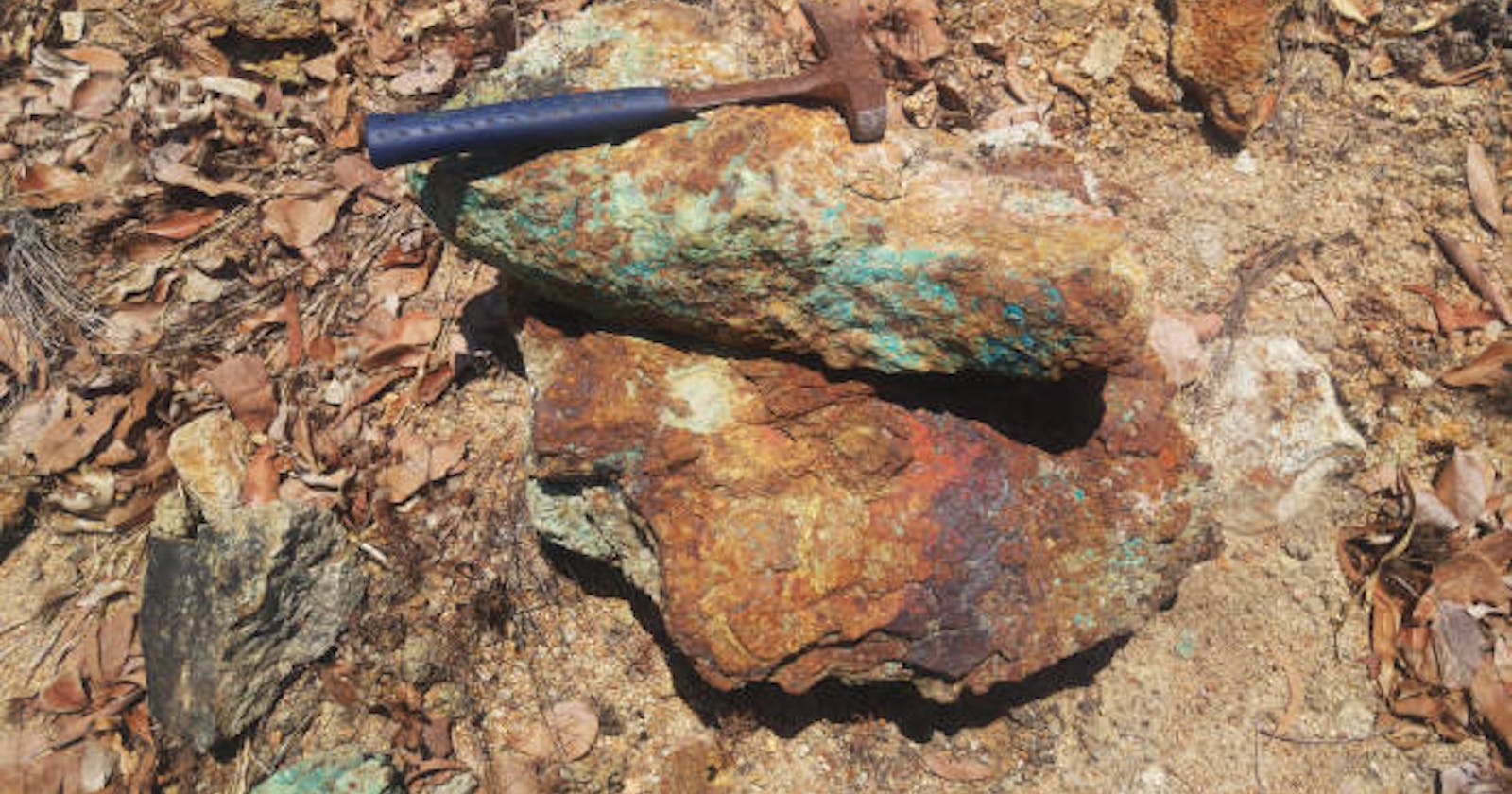Project 1 - Rock vs Mine Prediction using Machine Learning with Python
My Machine Learning Beginner Projects, Entry 1.
I am Salim Olanrewaju Oyinlola. I identify as a Machine Learning and Artificial Intelligence enthusiast who is quite fond of making use of data and patterns to develop insights and analysis.
In my opinion, Machine learning is where the computational and algorithmic skills of data science meets the statistical thinking of data science. The result is a collection of approaches that requires effective theory as much as effective computation. There are a plethora of machine learning models, with each of them working best for different problems. As such, I believe understanding the machine learning problem setting is essential in using these tools effectively. Now, the best way to UNDERSTAND different problem settings is by PLAYING AROUND different problem settings. That is the genesis behind this writing series - My Machine Learning Projects. Over the course of this writing series, I would solve a machine learning problem daily. These problems will range from a plethora of fields whilst requiring and covering a range of models. A link to my previous articles can be found here.
Project Description: This is a classification problem that uses a set of 60 attributes to determine/predict if a sample is mine or rock.
URL to Dataset: Download here
Line-by-line explanation of Code
import numpy as np
import pandas as pd
from sklearn.model_selection import train_test_split
from sklearn.linear_model import LogisticRegression
from sklearn.metrics import accuracy_score
This block of codes above imports the third-party dependencies needed in the model.
import numpy as np imports the numpy library which can be used to perform a wide variety of mathematical operations on arrays.
import pandas as pd imports the pandas library which is used to analyze data.
from sklearn.model_selection import train_test_split imports the train_test_split function from sklearn's model_selection library. It is used in spliting arrays or matrices into random train and test subsets.
from sklearn.linear_model import LogisticRegression imports the LogisticRegression Machine Learning model from sklearn's linear_model library. This model will be used in training the model.
The logistic regression model, which is a classification model was used in this problem since the problem statement requires us to classify samples into Mine or Rock based on the given attributes.
from sklearn.metrics import accuracy_score imports the accuracy_score function from sklearn's metrics library. This model is used to ascertain the performance of our model.
salim_data = pd.read_csv(r'C:\Users\OYINLOLA SALIM O\Downloads\Copy of sonar data.csv', header=None)
This reads the content of the dataset which is in .csv format. The header is set as none. As such, we do not see the name of each property of the dataset.
salim_data.head()
This displays the first five rows of the dataset for better understanding of the dataset.

salim_data.shape
This displays the number of rows and columns in the dataset.
salim_data.describe()
This displays a statistical measure of the data (i.e. the mean, median, max, min 25th, 50th percentile values etc.)

salim_data.groupby(60).mean()
This is a very crucial line of code that is able to look into the respective values of the output (in column 60) and compare to the mean values of the individual x-values.

It is important to note that M represents Mine and R represents Rock.
X = sonar_data.drop(columns=60, axis=1)
Y = sonar_data[60]
This separates the data and Labels.
X_train, X_test, Y_train, Y_test = train_test_split(X, Y, test_size = 0.2, stratify=Y, random_state=1)
The train_test_split method which was imported earlier is hence called and used to divide the dataset into train set and test set.
NOTE: The 0.2 value of test_size implies that 20% of the dataset is kept for testing whilst 80% is used to train the model.
salim_model = LogisticRegression()
The logistic regression model is called and an instance is initiated under the variable name, salim_model.
salim_model.fit(X_train, Y_train)
The Logistic Regression Machine Learning model is trained with training data.
X_train_prediction = salim_model.predict(X_train)
training_data_accuracy = accuracy_score(X_train_prediction, Y_train)
print('Accuracy on training data : ', training_data_accuracy)
This evaluates and prints the accuracy on the train set.
A 83% accuracy is observed.
X_test_prediction = salim_model.predict(X_test)
test_data_accuracy = accuracy_score(X_test_prediction, Y_test)
print('Accuracy on test data : ', test_data_accuracy)
This evaluates and prints the accuracy on the test set.
A 76% accuracy was gotten.
# Step 1
input_data = (0.0307,0.0523,0.0653,0.0521,0.0611,0.0577,0.0665,0.0664,0.1460,0.2792,0.3877,0.4992,0.4981,0.4972,0.5607,0.7339,0.8230,0.9173,0.9975,0.9911,0.8240,0.6498,0.5980,0.4862,0.3150,0.1543,0.0989,0.0284,0.1008,0.2636,0.2694,0.2930,0.2925,0.3998,0.3660,0.3172,0.4609,0.4374,0.1820,0.3376,0.6202,0.4448,0.1863,0.1420,0.0589,0.0576,0.0672,0.0269,0.0245,0.0190,0.0063,0.0321,0.0189,0.0137,0.0277,0.0152,0.0052,0.0121,0.0124,0.0055)
# Step 2
input_data_as_numpy_array = np.asarray(input_data)
# Step 3
input_data_reshaped = input_data_as_numpy_array.reshape(1,-1)
# Step 4
prediction = salim_model.predict(input_data_reshaped)
print(prediction)
if (prediction[0]=='R'):
print('The object is a Rock')
else:
print('The object is a mine')
This is the most complex part of the code and will be explain in steps.
Step 1 - This is the user's inputted value for all 60 x values.
Step 2 - This changes the input_data to a numpy array
Step 3 - This reshapes the np array as we are predicting for one instance
Step 4 - This prints the result of the prediction.
That's it for this project. Be sure to like, share and keep the discussion going in the comment section. .ipynb file containing the full code can be found here.
